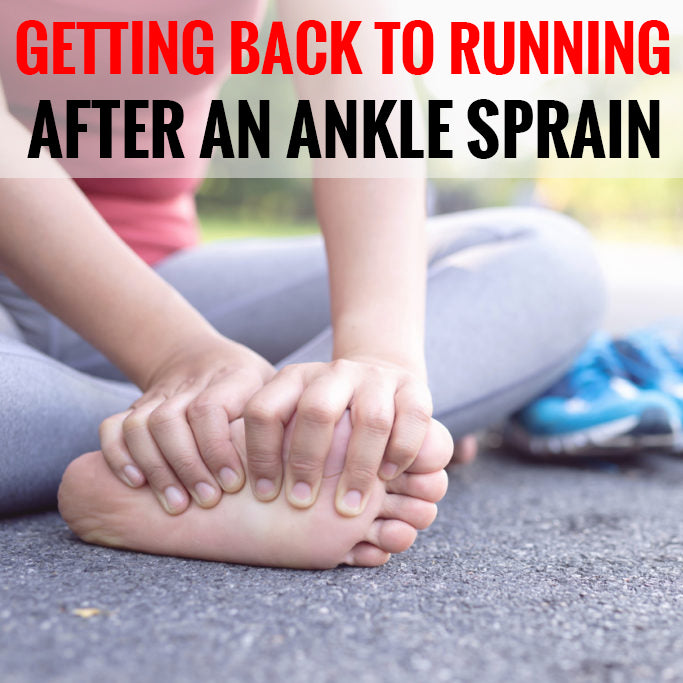Getting back to running after an ankle sprain

It can be incredibly frustrating to get hurt in the middle of the summer season, especially when you are trying to keep fit. Boredness and depression can set in if your regular dose of feel-good endorphins is no longer available to you. Fortunately, there are plenty of strategies you can utilize to kickstart your motivation and ease yourself back into running.
The first step is to invest in healing
You should spend time healing after a sprain, even though you've already done so. In the first 24 to 48 hours after an injury, RICE (rest, ice, compression, and elevation) is the most effective treatment. By doing so, you will be able to reduce swelling and pain, as well as speed up the healing process. Wearing an ankle brace or ankle sleeve will also help protect and support your ankle.
The second step is to restore ankle range of motion and strength
After the swelling has subsided and you've been able to stand on your ankle again, you should focus on pointing and flexing your elevated foot, in conjunction with your doctor's approval. Slowly rotate your foot while spelling all the letters of the alphabet with your foot elevated during the second and third weeks as your ankle heals.

The third step is the return to activity
Start off by doing anything that doesn't aggravate your ankle: upper-body strength exercises, seated battle-rope exercises, and possibly swimming. For best results, go shorter and harder (for example, by using a battle rope for high-intensity interval training). It will increase your heart rate, metabolism, and circulation without aggravating your ankle.
The fourth step is strengthening your ankles
After you are able to bear weight comfortably and have nearly reached full range of motion, strengthening exercises for your ankles can be beneficial, especially if you run regularly on trails. Start with isometric exercises (a fixed range of motion against a resistance) and progress to isotonic exercises (a resistance against your ankle's range of motion).

The fifth step is to set goals and transition to running strategically
Add in non-impact activities like cycling and swimming once you've regained mobility and strength in your ankle. Set goals for how often and how long you will do each activity.
Move on to weight-bearing exercise methods, such as the elliptical and walking on a predictably flat surface (a treadmill, for instance).
Finally, you can incorporate short running segments into your cross-training workouts. By doing this, you will be able to get in solid workouts without pushing too hard or running too much at the beginning. Giving yourself plenty of time to regain ankle strength and range of motion before running is the key, and limiting your running time at first is also important.
